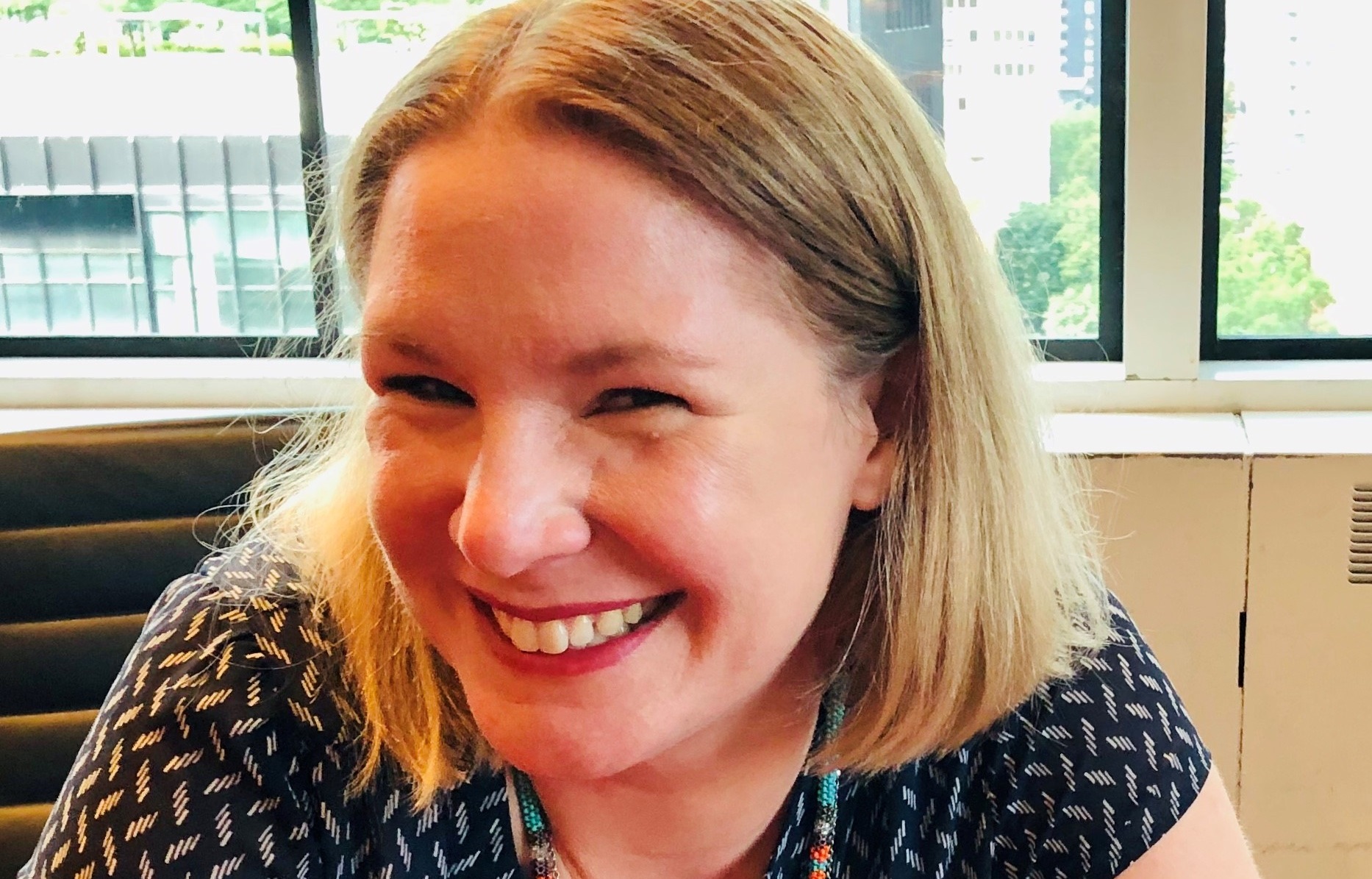
National AccessAbility Week is a week that not only provides us with an opportunity to celebrate the contributions of Canadians with disabilities, but also is a time for us to recognize the efforts of individuals who are working to remove barriers to accessibility and inclusion. As an ally to the persons with disabilities community, Sarah Jarrett, Account Manager for Creative Services, is one of these individuals who acknowledges and appreciates accessibility tools in both her personal and professional life, and continuously strives to gather new insights into accessible best practises.
Here is her story:
I’m coming up to my 20-year anniversary with Rogers in September, so I’ve had a long-standing relationship with the company, and have been able to watch the evolution of our practises, making way for a more inclusive culture than ever before. Accessibility is just one of those pieces we’ve tried to better understand and implement. Even as an ally to the persons with disabilities community, accessibility is still so important to me. I am a mother to a spirited 13-year-old, my sister and mother-in-law are both Special Education Teachers, and have many family and friends with visible and invisible disabilities, including various ‘L.Ds’ (In our household we refer to L.D. not as a learning disability, but rather as “Learning Differently”). I have witnessed how removing barriers to accessible technology, and the training required to use it, can be the difference between success and failure.
New technology like the Google Home, was created with accessibility in mind, but has become extremely beneficial for all, including me and my family. My child uses it as a means to support her virtual learning. We have also used it many times to settle family debates (and my kid loves a good debate). Her school also uses Google’s speech to text tool, which has also been really useful. We are fortunate that my child can use our home laptop, but many families don’t have laptops for at-home learning. Speech to text and other free Accessible software tools help to level the playing field.
Accessible practises and tools benefit everyone and are truly tied to innovation. Accessibility should be included in all discussions and at the start of every project. My team and I have started this learning journey, by meeting with various partners across the organization and holding lunch and learn sessions to gain more insight into accessible best practises. As a team, we always try to ask ourselves – can everyone access the work we do, meetings we host and content we create? By trying, testing and learning, we can only make our products and services better for everyone.
